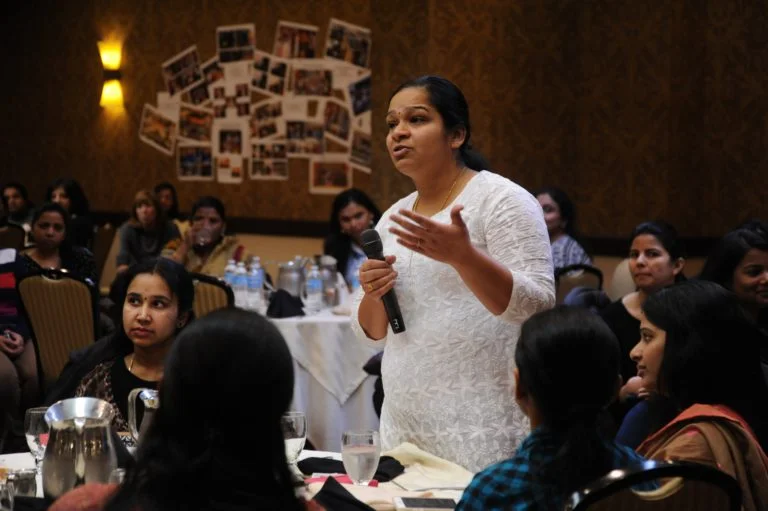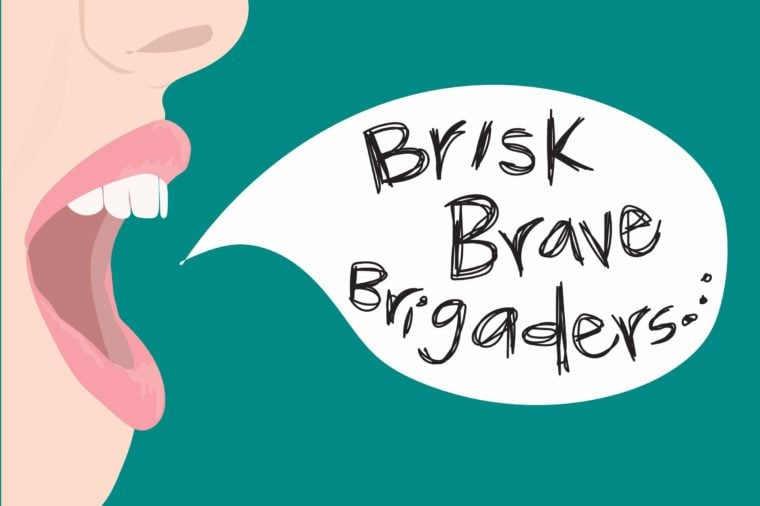The majority of people believe that vocal warm-up exercises are exclusively for singers. Wrong! Vocal warm-ups should be used by every professional involved in oration. Therefore, Podium School brings for you the best vocal exercises for public speaking and aspiring orators to get pitch-perfect and hit the stage!
Why is it essential to warm up your voice before giving a speech?
It is not just what you say, but also how you say it, that determines effective verbal communication. With a dull, monotonous presentation, the audience will lose track of what you are saying.
Warming up before physical exercise may help us avoid injury and long-term harm to our bodies. The same is true for your voice: a quick vocal warm-up enhances the performance of the thorax (chest), larynx, and upper vocal tract muscles individually (throat, mouth). This enhances the sound quality and allows the stone to flow more organically. It also aids in the prevention of vocal damage while using your voice often.
The air pressure you transmit to your vocal cords is balanced throughout a vocal warm-up, making it easier to speak across your various vocal ranges (chest voice, mixed voice, and head voice). In addition, it creates a link between different vocal registers, allowing you to speak on a wider variety of pitches and tones.
Vocal Exercises for Public Speaking –

Relax Yourself
First and foremost, you will want to relax your vocal cords, jaw, lips, and everything else! Because your throat is an instrument, it needs to be adequately warmed up. Begin by opening your mouth and making an aha or whoosh sound. Start with a 3-second and progressively work your way up to a 10-seconds. Then, repeat this process 7 to 10 times more.
Start working out your jaw muscles. Make the action as if you were yawning, then bite the air… I know that seems ridiculous, but believe me when I say that it will help you relax your jaw and take a deep breath.
Volume Control
Begin by taking a deep inhale and expelling while making a hissing sound. Hold this hissing sound for 5 seconds and then repeat the process ten times.

After that, we want you to focus on your volume control. Select any vowel sound and slowly increase the loudness from mild to medium to high. It’s like a roller coaster ride. Repeat this procedure ten times, alternating between quiet and loud.
Tongue Twister Tornado!
A good old-fashioned tongue twister is a favorite exercise for speakers to perform before any presentation.

Before your next presentation, practice a few tongue twisters to improve your speaking clarity. Which are my personal favorites? Tongue twisters include “The Woodchuck,” “Peter Piper,” and “I Saw Susie.” If you are searching for a great collection of tongue twisters, go no further than these Killer Tongue Twisters. You can also try tongue twister of your native language too.
Speed it up…or Down
Variety is the spice of life when it comes to Public speaking. You are more likely to hear snoring than applause if the rhythm of your words is too rapid, too sluggish, or too predictable.
Mix things up a little. Some lines should be moved rapidly, while others should be moved gently. (As I have done in this paragraph, varying the length and structure of your sentences helps while composing your speech.)

If feasible, memorize your speech, but do not make it seem like a recitation, whether you are reading or speaking from memory. A keynote speech should flow as smoothly as regular human communication, with all of the nuances it implies.
The Power of Pauses
Slowing down and stopping gives you more authority, gives the listener more time to absorb information, and enables the effect to sink in. Instead of rushing straight in, trust the quiet and ponder.
You must conquer your fear of silence as a speaker. You may think you are giving up power when you pause, but you are gaining it. Pausing tells the audience that you are at ease, that you have earned the right to be there, and value the engagement.

In reality, quiet is the simplest way to create diversity. Consider how different John F. Kennedy’s Inaugural Address would have sounded if the most famous phrase, “Ask not what your nation can do for you, but ask what you can do for your country,” had been crammed into it. The middle pause is essential for the impact; “instead” or any other kind of speech acceleration would have almost certainly obliterated the phrase from the annals of great quotations.
The power of silence is equal to that of words. Utilize it to your advantage. Allow your words to linger, to float in the air, now and then. The silence will be forgotten, but the phrase will be remembered. For added impact, try inserting pauses throughout.
Conclusion
Perfection demands commitment and mastery of the subject. It takes time to become a great public speaker; a great public speaker learns every day and develops over time. Keep in mind that nothing happens overnight. Therefore, we hope that with these vocalization exercises, you will be able to train your voice and navigate those crescendos of public speaking.
We’d like you to check out our live classes on Public Speaking at Podium School to hone your skills and mold you into a master orator. Also, don’t forget to check out our regular updates on Public Speaking tips and tricks for aspiring orators, here on the Podium Blog.
Stay tuned for updates like these. Till then, toodles!
Share with your friends





